
The Malvales are an order of flowering plants. As circumscribed by APG II-system, the order includes about 6000 species within 9 families. The order is placed in the eurosids II, which are part of the eudicots.

The Dilleniales are an order of flowering plants, potentially containing one family, Dilleniaceae. The APG III system of 2009, like the earlier APG II system of 2003, left the Dilleniaceae unplaced as to order, while noting that the name Dilleniales was available. Stevens at the Angiosperm Phylogeny Website has subsequently placed Dilleniaceae in the order Dilleniales.
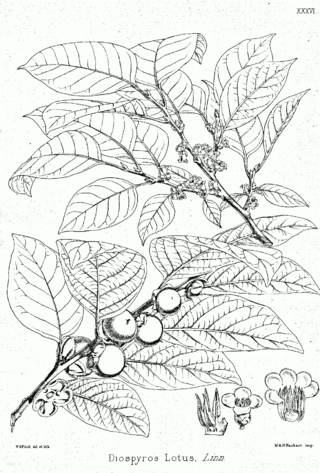
Ebenales is an order of flowering plants. This order was recognized in several systems, for example the Bentham & Hooker system and the Engler system, although the Wettstein system preferred the name Diospyrales'. In the 1981 version of the Cronquist system it was an order placed in subclass Dilleniidae with the following circumscription:

Lecythidales is a botanical name at the rank of order. The name was used by the Cronquist system for an order placed in subclass Dilleniidae. This order included only the family Lecythidaceae, which family now is placed in the order Ericales.

Capparales is a botanical name of an order of flowering plants. It was used in the Cronquist system for an order in subclass Dilleniidae and in the Kubitzki system, nowadays. In the 1981 version of this system it included :
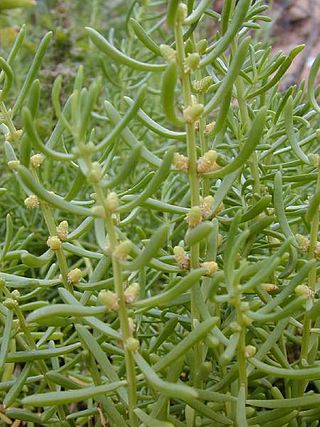
Batales is a botanical name of an order of flowering plants. This name was used in several systems, sometimes in the spelling Batidales. Often this order consisted of the genus Batis only. In the 1981 version of the Cronquist system it was an order placed in subclass Dilleniidae with the following circumscription:

Nepenthales is an order of carnivorous flowering plants in the Cronquist system of plant classification.
Theales is a botanical name at the rank of order. Early classifications such as that of Dahlgren placed the Theales in the superorder Theiflorae. The name was used by the Cronquist system for an order placed in subclass Dilleniidae, in the 1981 version of the system the circumscription was:

Under the International Code of Nomenclature for algae, fungi, and plants (ICN), Rosidae is a botanical name at the rank of subclass. Circumscription of the subclass will vary with the taxonomic system being used; the only requirement being that it includes the family Rosaceae.
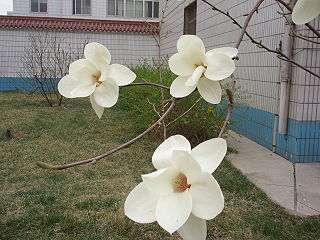
Magnoliopsida is a valid botanical name for a class of flowering plants. By definition the class will include the family Magnoliaceae, but its circumscription can otherwise vary, being more inclusive or less inclusive depending upon the classification system being discussed.

LiliopsidaBatsch is a botanical name for the class containing the family Liliaceae. It is considered synonymous with the name monocotyledon. Publication of the name is credited to Scopoli : see author citation (botany). This name is formed by replacing the termination -aceae in the name Liliaceae by the termination -opsida.

Violales is a botanical name of an order of flowering plants and takes its name from the included family Violaceae; it was proposed by Lindley (1853). The name has been used in several systems, although some systems used the name Parietales for similar groupings. In the 1981 version of the influential Cronquist system, order Violales was placed in subclass Dilleniidae with a circumscription consisting of the families listed below. Some classifications such as that of Dahlgren placed the Violales in the superorder Violiflorae.

Rosopsida is a botanical name for a group of flowering plants recognized at the rank of class. The name is derived from that of the included family Rosaceae. As used in the Reveal system it is a subset of the dicots, a paraphyletic group recognized at various ranks in other systems, and includes:
Alismatidae is a botanical name at the rank of subclass. Circumscription of the subclass will vary with the taxonomic system being used ; the only requirement being that it includes the family Alismataceae. It is a relatively new name: earlier systems, such as the Engler and Wettstein systems, used the name Helobiae for a comparable unit.
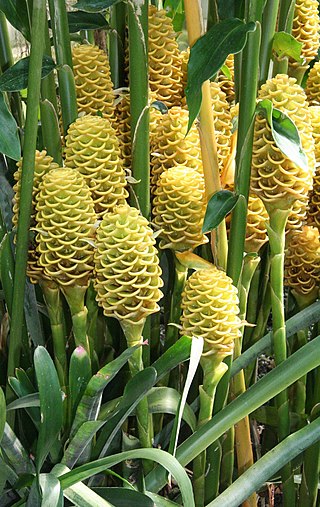
Zingiberidae is a botanical name at the rank of subclass. Circumscription of the subclass will vary with the taxonomic system being used ; the only requirement being that it includes the family Zingiberaceae.
Hamamelididae is an obsolete botanical name at the rank of subclass. Because some hamamelidid members bear aments, this subclass has been formerly known as Amentiferae. Based on molecular phylogeny works, Hamamelididae appears to be a polyphyletic group.
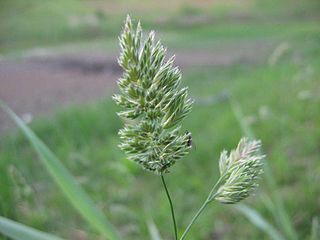
In plant taxonomy, commelinids is a clade of flowering plants within the monocots, distinguished by having cell walls containing ferulic acid.
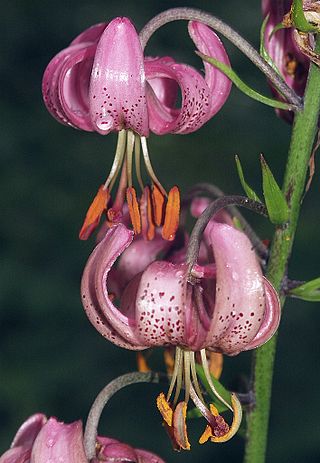
Liliidae is a botanical name at the rank of subclass. Circumscription of the subclass will vary with the taxonomic system being used ; the only requirement being that it includes the family Liliaceae.
Arecidae is a botanical name at the rank of subclass. Circumscription of the subclass will vary with the taxonomic system being used ; the only requirement being that it includes the family Arecaceae.
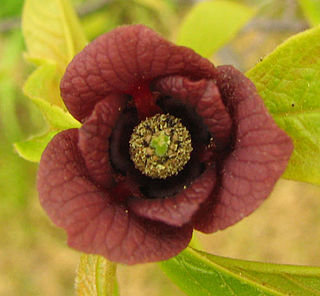
Magnoliids are a clade of flowering plants. With more than 10,000 species, including magnolias, nutmeg, bay laurel, cinnamon, avocado, black pepper, tulip tree and many others, it is the third-largest group of angiosperms after the eudicots and monocots. The group is characterized by trimerous flowers, pollen with one pore, and usually branching-veined leaves.















